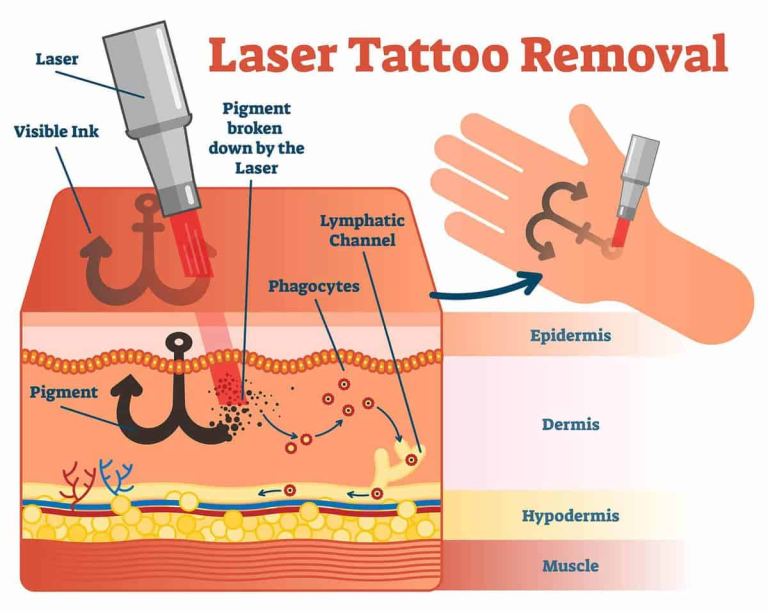How Chef Hygiene Affects Restaurant Reputation and Customer Satisfaction
In the culinary world, where taste and presentation reign supreme, one often overlooked aspect plays a critical role in shaping a restaurant’s reputation and ensuring customer satisfaction: chef hygiene. Beyond the mastery of recipes and the artistry of plating, the cleanliness and personal hygiene of chefs significantly influence diners’ perceptions and overall dining experiences. This blog explores the importance of chef hygiene, focusing on how the attire—chef hats, chef coats, and chef pants—contributes to maintaining high standards in the kitchen and beyond.
The Significance of Chef Hygiene
From a diner’s perspective, the cleanliness of the restaurant’s kitchen and the appearance of the chefs are indicative of the establishment’s commitment to quality and safety. Customers expect their meals not only to be delicious but also prepared in a hygienic environment by professionals who prioritize cleanliness. This expectation extends to the attire worn by chefs, which serves both practical and symbolic purposes.
The Role of Chef Hats
Chef hats, traditionally tall and pleated, are more than just a stylish accessory. They serve a functional purpose by keeping hair out of food, preventing contamination, and maintaining a professional appearance. The crisp, white hat is a symbol of cleanliness and expertise in the kitchen, reassuring diners that their meals are prepared under sanitary conditions by skilled chefs.
Importance of Chef Coats
Chef coats, typically white to signify purity and cleanliness, are designed to be durable and easy to clean. These coats not only protect the chefs’ clothing from spills and stains but also create a barrier that prevents contaminants from reaching the food. The uniform appearance of chefs in clean, well-maintained coats enhances the restaurant’s image and inspires confidence in patrons regarding food safety standards.
Maintaining Clean Chef Pants
Chef pants are another essential component of the culinary uniform. Often black or checkered, these pants are chosen for their comfort and practicality. Clean chef pants contribute to the overall neatness of the chef’s attire, reflecting attention to detail and professionalism. Combined with proper footwear, these pants ensure that chefs are comfortable and able to focus on their culinary tasks without compromising hygiene standards.
Impact on Restaurant Reputation
A restaurant’s reputation hinges on several factors, including the quality of food, service, and overall cleanliness. Chef hygiene plays a pivotal role in shaping this reputation. A kitchen where chefs adhere to strict hygiene practices and wear clean, properly maintained attire sends a positive message to customers. It communicates a commitment to excellence and reinforces trust in the dining experience provided by the establishment.
Ensuring Customer Satisfaction
Customer satisfaction in restaurants goes beyond taste alone. It encompasses the entire dining experience, from ambiance to service and hygiene standards. When chefs prioritize cleanliness and wear appropriate attire such as chef hats, coats, and pants, they contribute to a positive dining environment. Customers feel reassured about the safety and quality of their meals, enhancing their overall satisfaction and likelihood of returning.
Hygiene as a Competitive Advantage
In today’s competitive restaurant industry, where online reviews and word-of-mouth recommendations can make or break a business, maintaining high standards of hygiene is not just advisable but essential. Restaurants that consistently uphold impeccable hygiene practices, supported by the visible cleanliness of their chefs’ attire, stand out from the competition. They attract discerning diners who prioritize quality and safety, thereby gaining a competitive edge in the market.
Conclusion
Chef hygiene, exemplified through the proper use of chef hats, coats, and pants, is a cornerstone of restaurant reputation and customer satisfaction. Beyond meeting regulatory requirements, it symbolizes a commitment to excellence and professionalism in culinary practices. By ensuring that chefs maintain cleanliness in their attire and adhere to hygiene protocols, restaurants can cultivate trust among diners and enhance their overall dining experiences.
In the competitive landscape of the hospitality industry, where every detail matters, chef hygiene stands as a testament to an establishment’s dedication to providing exceptional food and service. In summary, chef attire is not merely a uniform but a reflection of a restaurant’s commitment to cleanliness, quality, and customer satisfaction—an investment that pays dividends in both reputation and repeat business.







